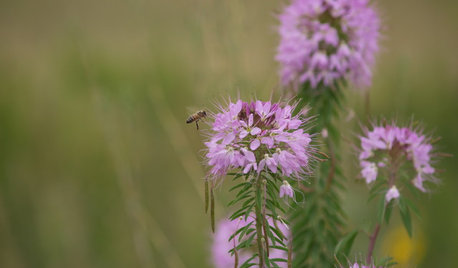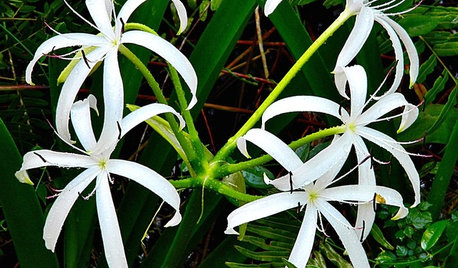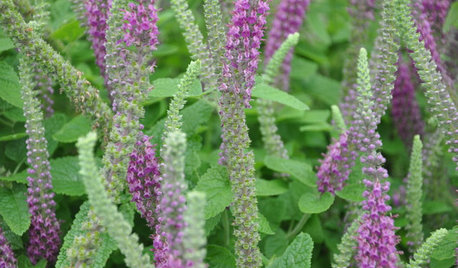Confusing Spider Plant Behavior
kwie2011
9 years ago
Related Stories

GARDENING GUIDES6 Plants That Beat Butterfly Bush for the Wildlife Draw
It's invasive, a nonnative and a poor insect magnet. Check out these better alternatives to butterfly bush in the garden
Full Story
HOUSEPLANTS10 Top Plants to Grow Indoors
Brighten a room and clean the air with a houseplant that cascades artfully, stretches toward the ceiling or looks great on a wall
Full Story
GARDENING GUIDESGreat Design Plant: Cleome Serrulata
Beckon bees and other pollinators in for a drink of nectar from this western U.S. native’s late-summer flowers
Full Story
GARDENING GUIDESWe Bust 4 More Native Plant Myths
Have you been taken in by these fallacies about gardening with native plants?
Full Story
GARDENING GUIDESHow to Find the Right Native Plants for Your Yard
Find plant maps, sale sites and guides that make going native in the garden easier than ever
Full Story
HOUSEPLANTS8 Essentials for Healthy Indoor Plants
Houseplants add so much to our homes — and can thrive when grown in the right conditions. Keep these tips in mind
Full Story
GARDENING GUIDESGreat Design Plant: Knock Out Roses
As glorious as their high-maintenance kin for a fraction of the work, Knock Out roses make even beginners look like garden stars
Full Story
GARDENING GUIDESGreat Design Plant: Crinum Americanum
Bright white flowers with thin delicate petals grace this water-loving southern lily
Full Story
FEEL-GOOD HOME9 Smells You Actually Want in Your Home
Boost memory, enhance sleep, lower anxiety ... these scents do way more than just smell good
Full Story
PLANTING IDEASGreat Garden Combo: Rose + Clematis for Small-Space Impact
We all need somebody to lean on. And when a rose supports a climbing vine, the results can totally transform a small garden
Full Story








Pyewacket
toadstar
Related Professionals
Byram Landscape Contractors · Cambridge Landscape Contractors · Cary Landscape Contractors · Cockeysville Landscape Contractors · Estelle Landscape Contractors · Gresham Landscape Contractors · Lyndhurst Landscape Contractors · Old Saybrook Landscape Contractors · Paso Robles Landscape Contractors · Plainview Landscape Contractors · Post Falls Landscape Contractors · Ramsey Landscape Contractors · Clearfield Landscape Contractors · Crestview Interior Designers & Decorators · Shorewood Interior Designers & DecoratorsTiffany, purpleinopp Z8b Opp, AL
kwie2011Original Author
kwie2011Original Author
kwie2011Original Author
kwie2011Original Author
MsGreenFinger GW
kwie2011Original Author
Tiffany, purpleinopp Z8b Opp, AL
kwie2011Original Author
Jason J
kwie2011Original Author
Tiffany, purpleinopp Z8b Opp, AL